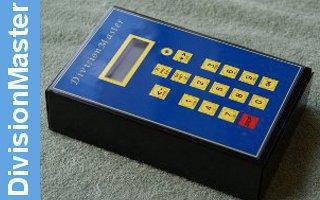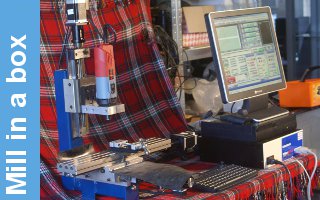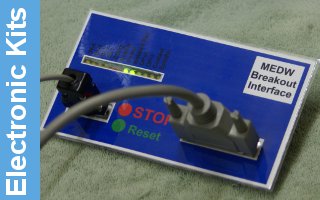HRP Hand Painting
There can be no doubt that if carried out carefully and without any hurry, a most beautiful finish can be obtained in this way. Basically, the preparation is the same as for stove enamelling, and then thin coats of a suitable enamel are applied, rubbing down between each successive coat with a very fine wet and dry paper. Of course, allowing ample drying time between each application, otherwise the paint will be soft and will simply roll off under the abrasion. The general idea is to build up sufficient thickness of paint by thin coats and successive rubbing down to achieve ample coverage and smoothness, until the point is reached where an excellent surface is seen on the final rubbing down. Then a final thin coat is applied by brush. Some wonderful finishes are achieved in this way; in fact, years ago, this was professional coach painting procedure, and produces finishes like glass, but it is laborious.
During drying, it will be best to leave your painted engine parts in a room which can be left closed until the paint hardens, the idea being to prevent movement of air and thus the possibility of extra dust settling on the work. Sometimes it is possible to prop the work up, so that the finished, painted side is underneath. Some builders will have their own particular fancies for keeping dust from the surface. The practice of carrying out painting after it has been raining is probably a good one, since at this time most of the dust in the atmosphere has been laid. Some paints take on a bloom to the surface in damp conditions and therefore the builder must decide best procedure by experimenting. Of course, a quick drying paint is desirable, since the longer it stays tacky, the greater is the possibility of dust spoiling the surface. One drawback undoubtedly is the difficulty in producing a matt finish by this hand painting procedure, but the modeller could probably obtain a matt black paint, and apply this to the boiler sides, smokeboxetc.
There can be no doubt that many otherwise perfect models are spoilt by poor painting and lining. It could be that at the final stage the modeller gets a little tired of the lengthy project of building, and is keen to see a coat of paint put on very quickly. If this is the case, stove enamel is obviously the best choice, as a near perfect finish by hand cannot possibly be achieved in a short time.








